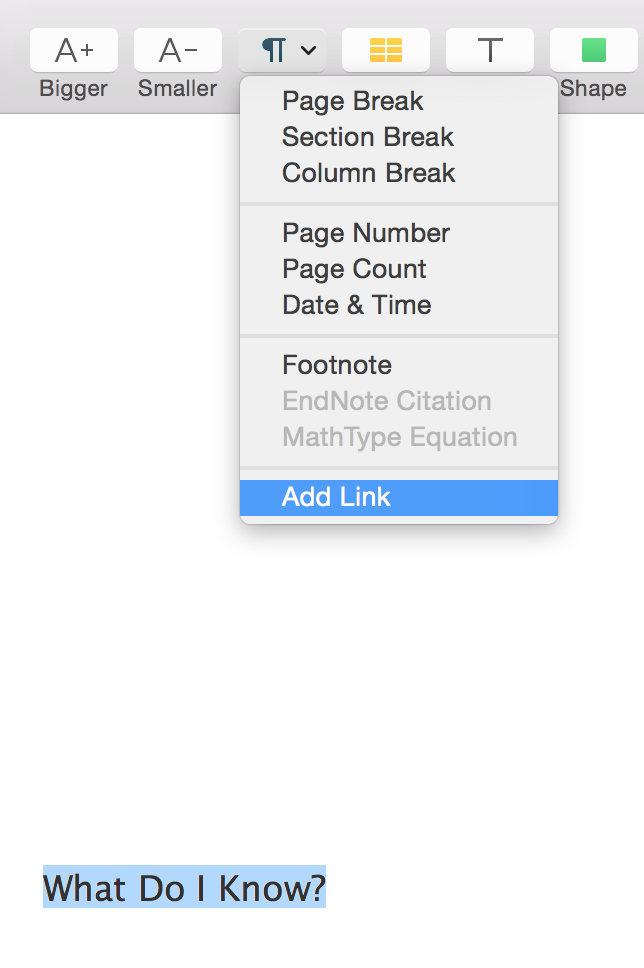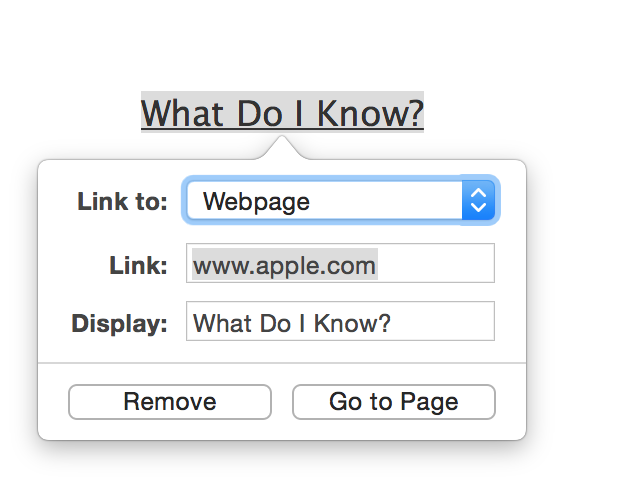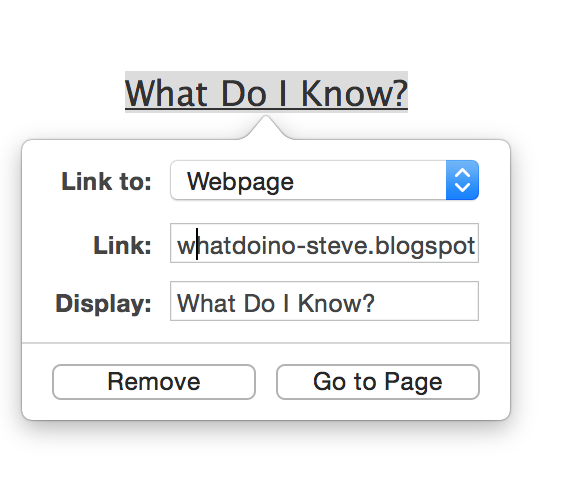 |
| Picture from IMDB |
1960 or so. Ida is a teenaged sister in a convent. She's preparing to be a nun. But first she's told she must go visit her aunt, the one who hadn't bothered to come visit her ever.
The movie is about the relationship between Ida, Wanda, her aunt, and the revelation of their past - her family was Jewish and killed in the woods, except for Ida. How did it happen? The aunt takes her to the village they came from to meet the family now living in their old home. The movie also explores Ida's identity crisis described well by her aunt who ironically asks, "A Jewish nun?"
The village reminded me of the farmland along the East-West German border near Göttingen where I was a student only four years after the time in the film. And I too searched my mother's parents'' graves in the Jewish cemetery in Köln. And my step-mother has talked about coming home from the labor camps to find new people in her home and much of the family furniture among the neighbors In 82 minutes, Ida, which seems to move so slowly, richly fills in the history of these two women's lives. We feel like we know them intimately.
A remarkable movie. The New Yorker review gives much more depth than I have time for. You can see the Ida trailer here. (Don't be put off by the ad.) Ida is up for an Academy Award for best foreign language film.
Then we saw the Academy Award nominated short documentaries and tonight we saw the short live action films. (This just means fiction or narrative films.)
There's so much going through my head. It was good to see the Anchorage International Film Festival's best documentary - White Earth - in the running. The films were all good, yet I couldn't help thinking, "These are the best shorts in the world?"
I would love to introduce Aya - an Israeli woman - who while waiting to pick someone up at the Ben Gurion airport, is given asked to hold a passenger sign for a few minutes, while the chauffeur who's there to pick the person up quickly moves his car. She ends up taking the passenger to his hotel in Jerusalem and charming her Danish passenger once he decides she's not going to kidnap him. I think she enjoy spending time with Wanda and Ida.
I think Universal Love which won the Founder's Award at the AIFF in December, but none of the short film awards, was good enough to fit in with this group of shorts. But they were all good. The Phone Call about a woman at a suicide prevention center talking to an older man whose taken enough pills to take care of things and won't give his address would have seemed much better if we hadn't seen real live phone volunteers in the short doc, Crisis Hotline: Veterans Press 1, talking to a series of vets the night before. That was powerful too, but felt more like a promotional film for the hotline. It focused - as a crisis hotline must - on the immediate emergency at hand. It didn't look, as a movie could have, at the larger political and economic reasons why these soldiers were sent to war zones that caused their suicidal conditions.
There were two more Polish films, both very personal family films. Joanna was a follows a terminal cancer patient's months of leave taking from her son and husband. Our Curse gives us a husband and wife grappling with the news their newborn son has Ondine’s Curse (also known as Congenital Central Hypoventilation Syndrome or CCHS) and breathe on his on while asleep. They talk through their frustration that the baby is still at the hospital, their fears for his and their futures, and they struggle with the equipment when he does get home. These two are powerful films and with two very young grandkids I found Our Curse very hard to watch.
I'd seen White Earth twice already in December at AIFF. It stood up well the third time - a beautifully film shot in the oil patch of North Dakota. Why I picked it my favorite in December was its tight editing, stunning photography, and ability to tell the story through the voices of the people in the film, not through a narrator. The other AIFF documentaries were all compelling, but needed editing.
 |
| La Parka (The Reaper) source |
My favorite Monday night was the Mexican documentary about the slaughterhouse worker. Such an exquisitely filmed movie! The visual story seemed to be told in reflection and shadows. Lots of gritty still life geometrical patterns of walls, chains, ropes, floors, amplified with loud crashes and clangs, We see blurred animals, feet of animals, carcasses, but relatively few whole beasts. And we hear the slaughterer talk about how he's made peace with the notion that he kills 500 bulls a day. He doesn't sound quite convinced. I haven't seen American Sniper, but it might be good to see it paired with La Parker (The Reaper).
 |
| La Parka - screen shot from trailer |
The camera sat on this picture as the cat walked from the truck until it was hidden by the steps.
The film starkly yet subtly raised the ethical dilemmas of slaughter houses.
 |
| La Parka screenshot from trailer |
I'd also like to introduce the character Parveneh to Ida. Pari is an Afghan woman sewing in Switzerland trying to send money home to her mom to pay for her dad's operation. Although she's traveled far, she seems as sheltered as Ida was in the convent. A sweet film.
And as I move to my favorite, I can't skip the most delightful of the films - Boogaloo and Graham. With armed soldiers walking down the Irish streets in 1978, Dad brings home two baby chicks for the boys. This was the funniest of all the films. The only other one that offered some good laughs was Aya. The boys were priceless.
 |
| Butter Lamp source |
Butter Lamp took the honors for me with its original concept and fine execution. We watch as a traveling photographer takes photos of Tibetan families in front of an ever changing set of backdrops. Charming.
But I wouldn't be upset if any of them won- particularly Aya or Boogaloo and Graham.
Below are the two lists with links to the trailers.
Live Action
Documentary
The New York Times also has a review (including the animated shorts).
















